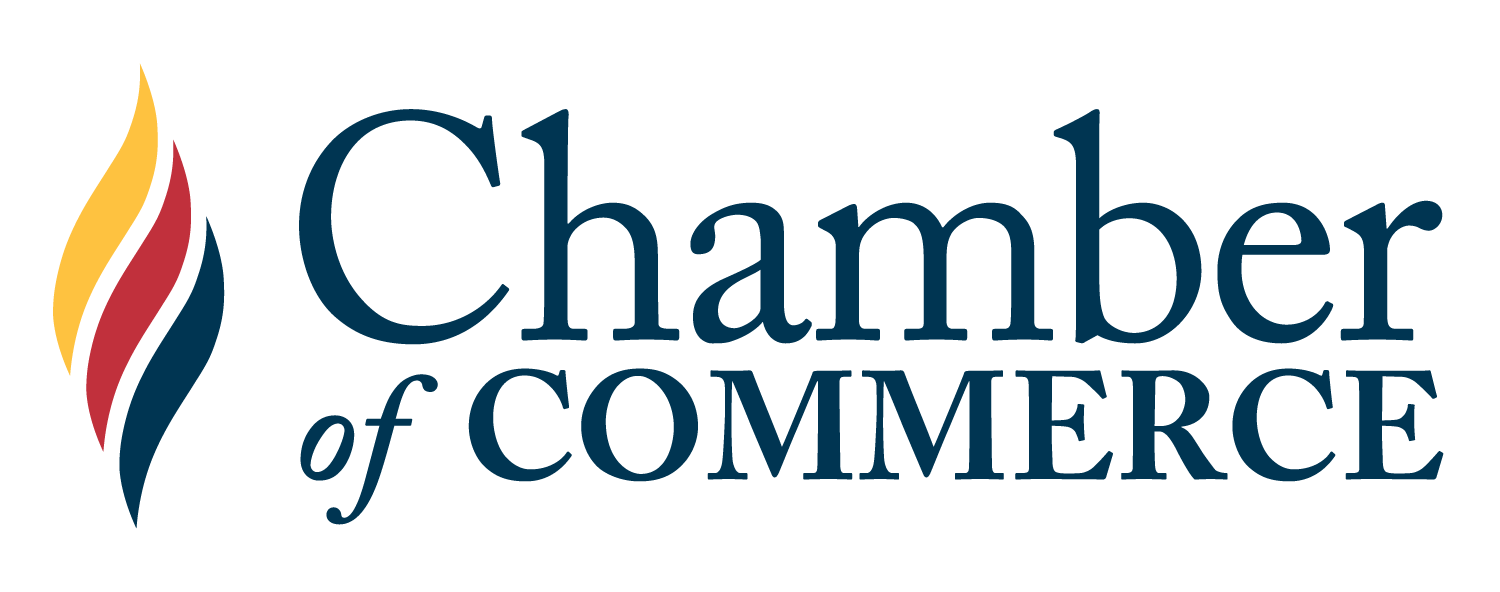Business Beat: The Multiplier Effect at Work in the Hat
What if I gave you a $50 gift card to your favorite restaurant? You could go for lunch by yourself and try to stuff two meals into your belly, but it’s more likely that you’d invite a couple friends for dinner and wine and run up a bill of $150. The restaurant just multiplied a $50 gift card by 3x, much of which will be spent in the community buying cleaning supplies, local beer and paying for staffing. The restaurant staff will go and spend their tips as well. That $150 in revenue generated from a $50 gift card, and the money the restaurant ownership and staff spend as a result, is called the multiplier effect.
While the federal and provincial governments have been injecting capital into the economy due to the cascading effects of COVID-19, the City of Medicine Hat has also created their own economic stimulus package called the Medicine Hat Business Innovation Grant (MHBIG). The mayor and council recognized the unprecedented adaptations businesses suddenly needed to make to stay operating during a viral pandemic and worked with Invest Medicine Hat to roll out $2 million in business aid. They, in turn, partnered with Community Futures Entre-Corp and their business analysts to disburse the funds.
Community Futures Entre-Corp is already almost half-way through the stimulus fund and has recorded a leverage spend of almost $400,000. So, roughly speaking, for every dollar of aid a business spends in adapting their business processes and environment to be operable in the pandemic, they spend another 40 cents on top of that. We can then apply the multiplier effect to the combined spend (Spending Multiplier=1/(1−MPC×(1−tax rate)+MPI)). To avoid this calculation,let’s simplify…
The multiplier effect comes in three economic impacts: direct, indirect, and induced, and the numbers swell quickly. Direct impact is spending done by a business in the local economy to operate the business. Indirect impact is the dollars the local business recirculates into other area businesses. Induced impact is the additional consumer spending that happens as employees, business owners and others spend their income in the local economy. A typical breakdown of the impacts is 40%, 20% and 40% respectively. So, if the total multiplier effect was 3x, like our restaurant example above, we could expect roughly $6 million to be circulated through our local economy on a $2 million stimulus package.
There are many factors that determine the multiplier effect of any stimulus package, and frankly I don’t have all of those numbers, but a thumb-in-the-air-educated-guess suggests it may indeed be roughly 3x. The key to optimizing that leverage is how we spend the money. If everyone from the business receiving the stimulus, the business, the owners, the staff and the employees spend that money locally, the multiplier grows, thereby helping our businesses and our residents’ weather the economic fall-out of the pandemic.
So, in closing, I encourage everyone, when you spend, spend as much as you can locally. Let’s raise that multiplier effect because we’re all in this together. #LocalFirstMH
Written by: Mike Harrington
Mike is the Community Economic Development Officer at Community Futures Entre-Corp. Mike owned and operated a business in Medicine Hat for eight years, and he holds a Graduate Diploma in Business Administration from SFU.
